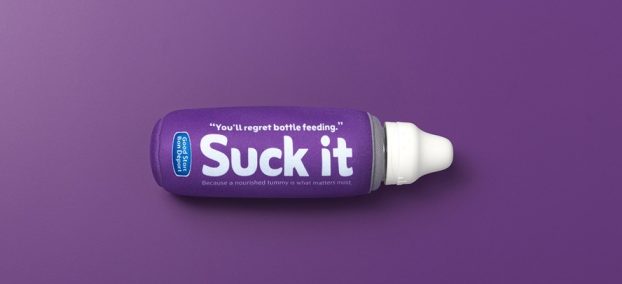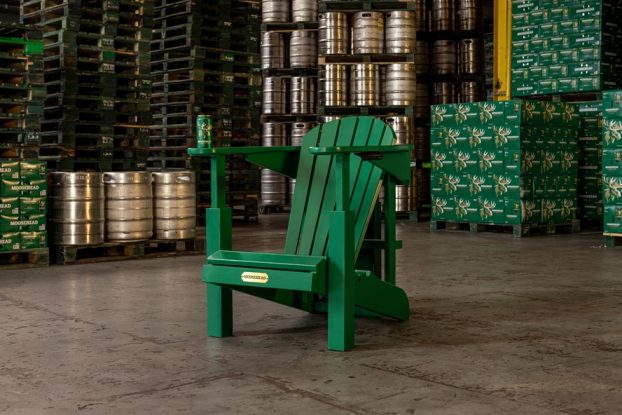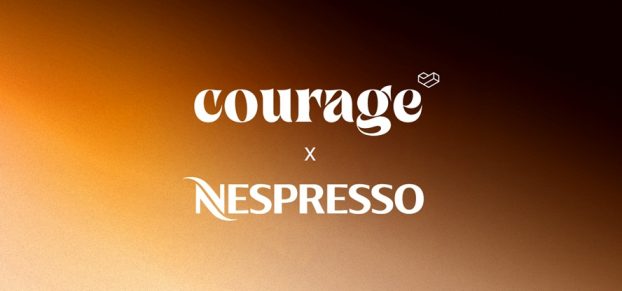To dedicated collectors of McDonald’s Happy Meal toys, the consumer premiums offered by the company since the late ’70s are a fun hobby. Prices range from a few dollars for one of 101 Dalmatian figures to a top price of $200 for the rounded paper boxes the Happy Meals were originally packaged in.
What is a wacky collector item to aficionados, however, is just another competitive tool for McDonald’s. Like Kellogg, General Mills, Burger King and a slew of smaller entities, McDonald’s is battling for consumers’ hearts – and loyalties. A survey of these companies’ most notable premium campaigns reveals an industry that has moved right along with the times: In the ’60s, the back of a Kellogg’s box may have offered a Tony the Tiger bicycle horn. This year, health-conscious consumers could send away for a Stott pilates video.
You may remember some of these premium programs from your childhood. Others may inspire the trinkets of tomorrow.
McDonald’s
Earlier toys may not command high prices, but they are much sought after. From the ’70s when the fast-food company first offered toys to 1989, regional McDonald’s franchises could pick and choose which toys they sold at their location.
Toys from that era, including Star Trek wrist communicators or iron-on transfers, are the most valuable. National homogeneity and the later advent of the Internet have flattened the market, but Happy Meal toys are still prized. Among the top recent collectibles are the Toy Story 2 figures, Buzz Lightyear chief among them. The Toy Story 2 promotion included a purchase-with-purchase offer for a candy canister, as well.
Linda Gegorski, owner of Aunt Linda’s Fast Food Toys online clearinghouse, predicts that among recent premiums, the Inspector Gadget series will best stand the test of time. Not only do the eight toys in the series connect to make a doll of the Inspector, but McDonald’s managed to capture two markets with the premium. ‘Men in their 20s and 30s bought them for their three-year-olds,’ says Gegorski, ‘but they were really buying them for themselves.’ Similarly, Retro Barbie and Teeny Beanie Babies have been very successful, thanks to a dual demo appeal.
General Mills
Touted as consistently innovative, General Mills won accolades from the industry for last year’s Millennium promo, which saw Y2K pennies offered in 10 million cereal boxes. The pennies came in a sealed sleeve and featured the Cheerios logo. Packaging innovation is another hallmark of Big G. For instance, in 1999 kids could see a Toy Story 2 figurine through a cut-out window on boxes of Cheerios and Lucky Charms.
More traditional premiums have included 1999’s Kodak FunTime single use camera, offered in exchange for three UPC symbols and US$1 for postage. In spring 2000, the company followed up a 1997 CD-ROM promotion with an offer for family software. Found inside six million boxes of Chex cereal, the 1997 CD featured Chex Quest, a video game built on the same model as the mega-hit game Doom – minus the violent action.
In this spring’s promotion, Cheerios teamed up with online retailer Chumbo and offered consumers a choice of 12 software titles in exchange for three ‘O’ (proof-of-purchase) codes and $1.99, redeemable online.
Kellogg
Thanks to characters like Toucan Sam, Tony the Tiger and Snap, Crackle and Pop, Kellogg does a brisk business among premium collectors. Tony the Tiger frisbees and treasure boxes from the ’80s are hot items, as are early entertainment tie-ins such as characters from Disney’s 1954 animated feature Lady and the Tramp. And while kids could play with their Toucan Sam Nite Lite in the ’70s, today they can wear him as a transferable tattoo, found in boxes of Froot Loops.
Kellogg has also been an early adopter of Internet-redeemable premiums. Over a quarter million consumers, for example, have signed up for the cereal giant’s Eet and Ern program. Points are found in 18 Kellogg’s brands and can be redeemed for merchandise like yo-yos, video games and talking spoons at www.eetandern.com.
Burger King
The company’s most successful effort to date was a Pokémon promotion in the fall of 1999. People were lining up at three or four in the morning to get the latest in the series, according to Pat Gibbons, the company’s CMO in Canada. In December 1999, however, 25 million of the toys were recalled after two children suffocated when they placed the dome-shaped container halves over their faces.
Since then, the company has introduced largely movie-related premium toys on a six-week cycle, including a high profile Backstreet Boys promotion in the fall of 1999 (see ‘Premiums Deconstructed’on page B11). Burger King was a sponsor of the Boys’ tour and offered special videos and CDs on a purchase-for-purchase basis.
Canadian tweens will have an exclusive, Canada-only offer this summer when the company will offer a series of Jurassic Park 3 toys, as well as a 200-gram box of dinosaur cookies and a drinking cup with every kid’s meal. Key to all the premiums, Gibbons says, is ‘playability.’ For its Rugrats promotion, for example, each premium was both a stand-alone toy and a piece of a playground set.
Imagination from the smaller players
Last year, Perugina packaged its Mother’s Day candy inside hand-painted terra cotta vases, doing away with gift bags and ensuring that its brand (stamped on each vase) would not be easily forgotten.
Perhaps the most famous collector item of all is the Pez candy dispenser. The cultural artifact started life as a way to allow truck drivers to eat candy with one hand and drive with the other. Now it can be found inside Pez Pops candy-flavoured ice pops (manufactured by Yogen Fruz under license), along with two rolls of Pez candy.






















